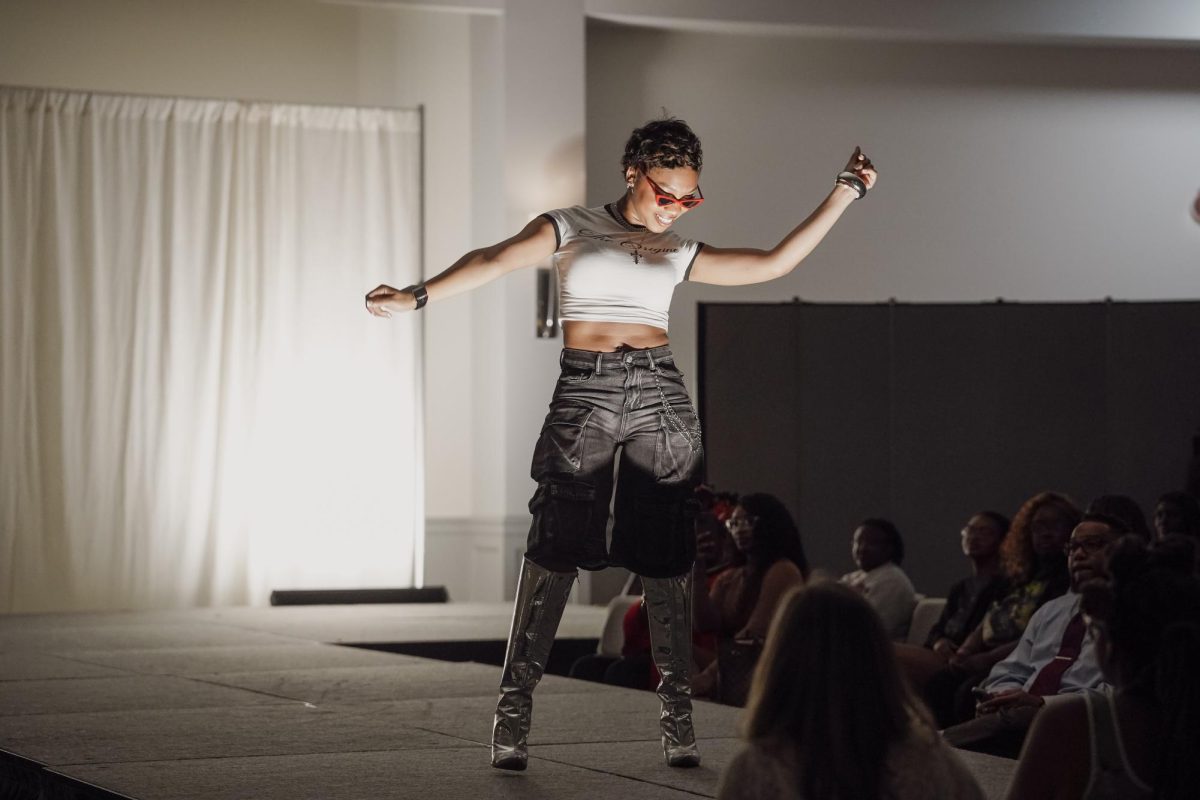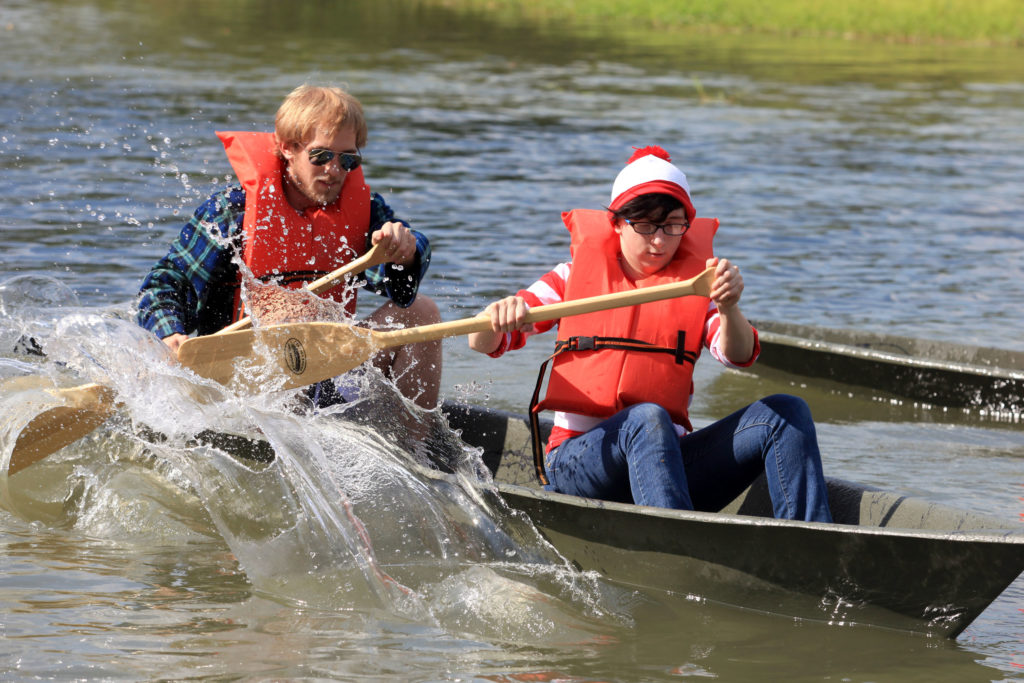Nicholls athletics is projected to generate more than $900,000 in funds that will be distributed throughout the department. All of the money has been acquired through game guarantees from football, men and women’s basketball games, ticket sales, corporate sponsors and private donations. “We probably generate fairly close to half of our own budget,” athletic director Rob Bernardi said.
Football and men’s basketball are the two biggest earners for the department, Bernardi said, because of the amount of money the teams get from game guarantees. “An example would be the Nebraska football game next season; they are going to pay us $350,000 for that game alone,” he said. “By virtue of the sports they participate in, those two sports would generate more than cross country.”
Although football has the largest roster of players and has the largest budget, the money that is earned through the sport doesn’t go right back into the team, but is filtered through the department first. “Not all that money just turns around and is handed back to the football team; that goes to help support the other teams that don’t make as much money,” Bernardi said.
Another aspect of revenue comes in the form of athletic boosters. Family members of current athletes, former athletes or members of the community who give money to the University are considered boosters. “We couldn’t survive without booster club members,” Bernardi said. “That money goes directly into supporting our scholarship budget or extra things we do for our teams.”
Although Nicholls has the same amount of sports teams as a Southeastern or McNeese, Nicholls makes far less than those schools in revenue. Unlike some schools in the nation, Nicholls is one of the only schools that does not have student-assessed fees for athletics. As of now there is no plan to add these fees anytime soon, but Bernardi believes that it may be an option in the future.
“With the increasing costs associated with the athletic department, that may be something we’ll have to look at,” Bernardi said. “For a good number of years we have raised most of the money ourselves, but it’s getting to the point where it’s getting more difficult to do.”
Bernardi said a working example of a school that does this is Stephen F. Austin, a school that has a total budget of $6 million. Students at SFA pay $135 per semester that goes straight into the athletic department. “Over $4 million is just in student fee money,” Bernardi said.
With the rising costs of some universities, adding another fee might not sit well with some students, but Bernardi knows that the money raised will go towards ensuring the well being of the athletes. “The money that we could raise for the student fees would go towards the bare necessities that the athletes need,” Bernardi said. “It’s not like we have the players traveling and staying in the Marriott.”
In the end, Bernardi believes that not only can the smaller sports benefit from additional funds, but the University as a whole will be able to benefit as well. “I definitely believe that if we were able to gain more, we could have every sport competing for championships,” he said. “That, in turn, will help the department and University for years to come.







